wrightk2
Well-Known Member
I'm liking the daytime movement so far.
Attachments
-
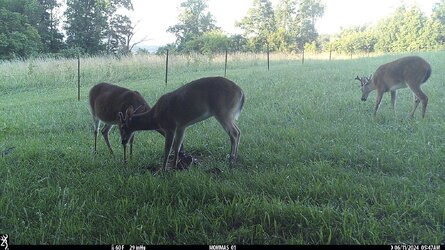 IMG_20240617_221940.jpg383.1 KB · Views: 14
IMG_20240617_221940.jpg383.1 KB · Views: 14 -
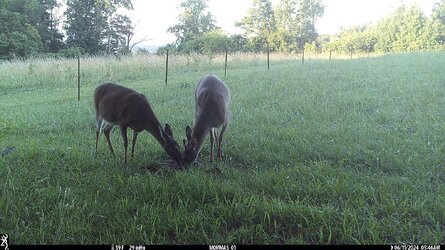 IMG_20240617_221935.jpg390.5 KB · Views: 9
IMG_20240617_221935.jpg390.5 KB · Views: 9 -
 IMG_20240617_222000.jpg399.1 KB · Views: 9
IMG_20240617_222000.jpg399.1 KB · Views: 9 -
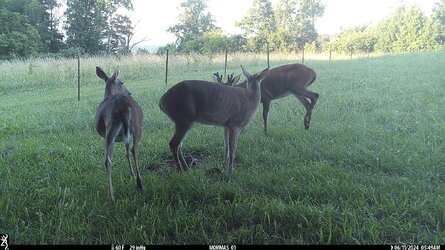 IMG_20240617_221955.jpg381.3 KB · Views: 9
IMG_20240617_221955.jpg381.3 KB · Views: 9 -
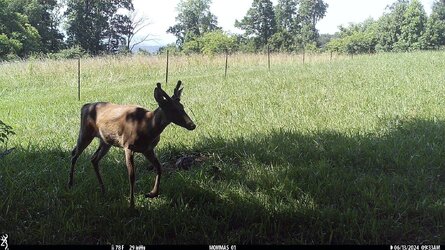 IMG_20240617_222004.jpg411.3 KB · Views: 10
IMG_20240617_222004.jpg411.3 KB · Views: 10 -
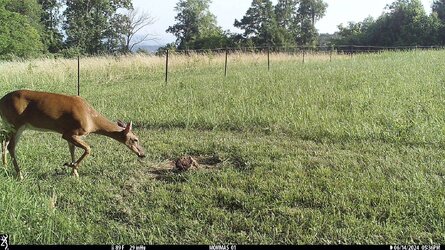 IMG_20240617_222007.jpg518.3 KB · Views: 8
IMG_20240617_222007.jpg518.3 KB · Views: 8 -
 IMG_20240617_222009.jpg520.2 KB · Views: 9
IMG_20240617_222009.jpg520.2 KB · Views: 9







